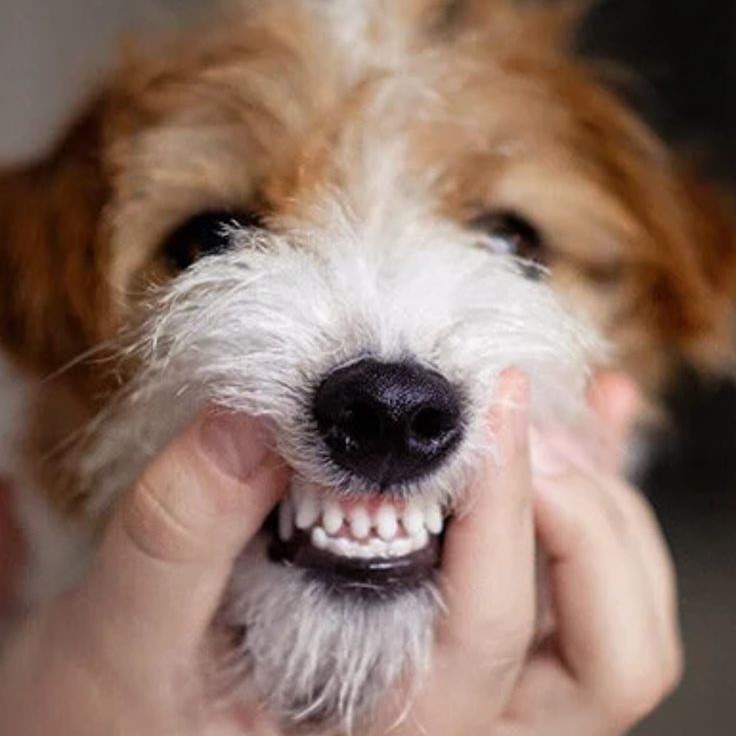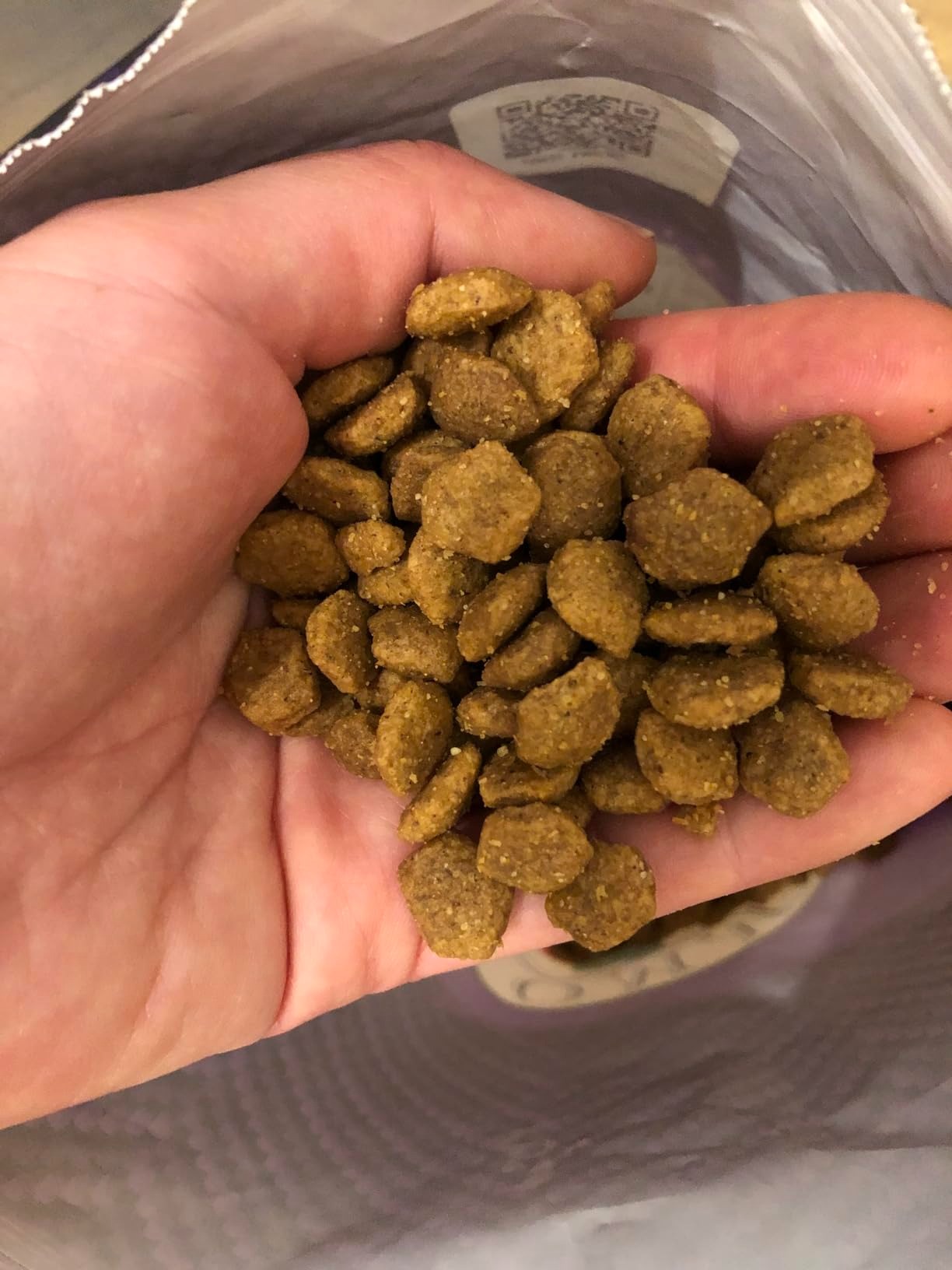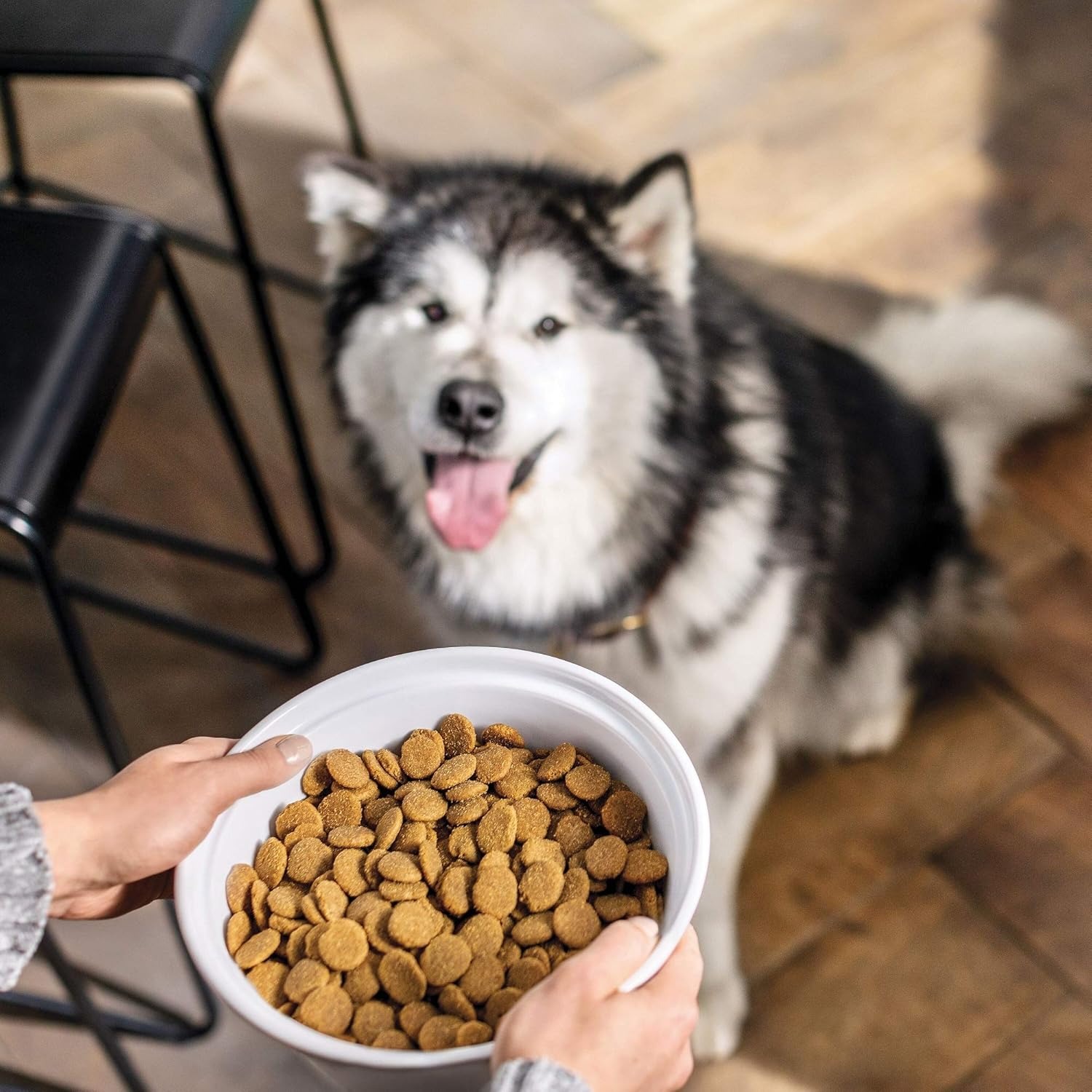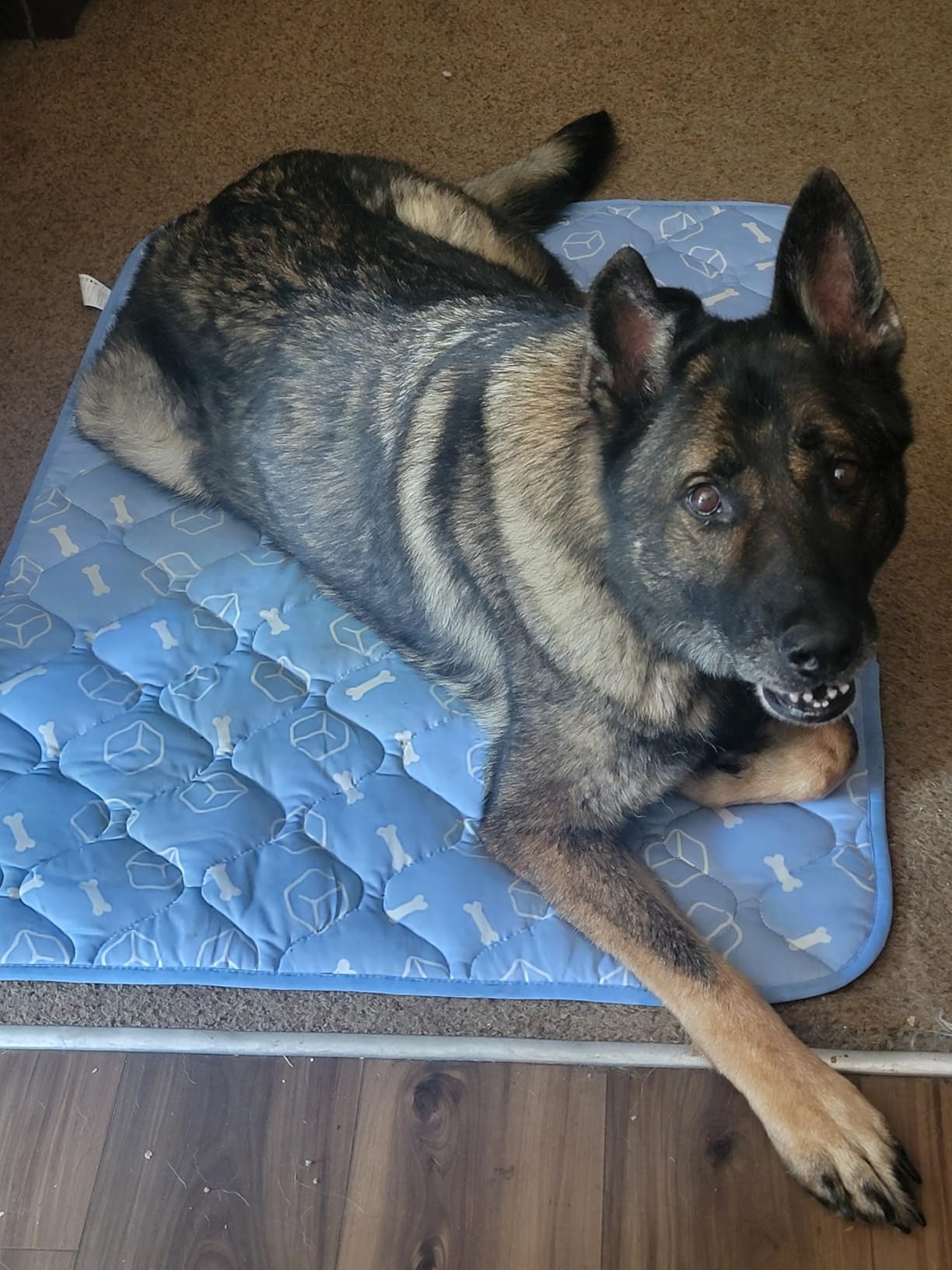What Is Dog Teeth Chattering?
Dog teeth chattering refers to the clicking or rapid movement of the dog’s jaws. This happens when their upper and lower teeth come together repeatedly. The sound can range from soft clicks to louder clattering, depending on the force and frequency.
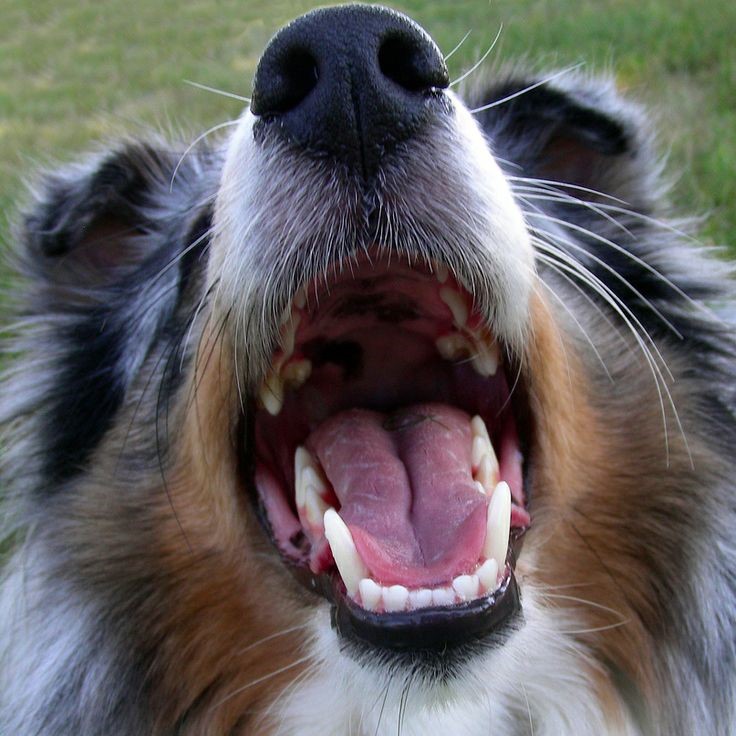
Understanding the physical mechanism
Teeth chattering occurs due to muscle contractions in the jaw. These muscles tighten and relax quickly, causing the teeth to meet repeatedly. The underlying process can be a natural, physical reaction or linked to specific stimuli. For instance, chattering may happen as a response to sensory triggers, neurological signals, or even emotional states.
In some cases, it may also relate to the dog’s overall health. Oral issues or nervous impulses can contribute to the sudden movement of the jaw muscles. It’s important for owners to observe the context surrounding this behavior to understand its root cause.
How common is it in dogs?
Teeth chattering is relatively common in dogs. However, the frequency varies across breeds and individual animals. Some dogs may chatter their teeth due to excitement or stress. Others might display this behavior in specific situations, like cold weather or even during grooming.
Though normal in some instances, prolonged or intense teeth chattering can signify health concerns. Identifying whether it is occasional or frequent can help owners determine if intervention is needed. Regular observation ensures dogs remain healthy and happy.
Reasons Behind Dog Teeth Chattering
Dogs chatter their teeth for various reasons. Some are harmless, while others may indicate health issues. Understanding these reasons can help pet owners respond appropriately.
Expressing emotions: excitement or anxiety
Dogs often chatter their teeth when feeling strong emotions. Excited dogs may do this when anticipating treats or playtime. Similarly, anxious dogs can exhibit chattering due to stress or fear. This behavior acts as an outlet for their heightened emotional state. Observing the context can clarify whether the chattering stems from positive or negative emotions.
Reaction to cold temperatures
Cold weather can cause dogs to chatter their teeth. Like humans, they might shiver or chatter as their body’s way of staying warm. This is more common in small or short-haired breeds, as they lose heat faster. If your dog’s chattering is related to the temperature, providing warmth can usually resolve it.
Dental or oral health issues
Oral health problems are a common cause of teeth chattering. Issues like tooth decay, gum disease, or a cracked tooth can lead to discomfort. Chattering may be your dog’s way of coping with oral pain. Regular dental check-ups are crucial to catch and address these problems early.
Neurological causes
Neurological conditions can also trigger teeth chattering. Disorders affecting the brain or nerves may lead to involuntary jaw movements. For example, tremors, seizures, or other nerve-related issues might cause this symptom. If neurological problems are suspected, veterinary care is essential for proper diagnosis and treatment.
Signs That Teeth Chattering Indicates a Problem
Teeth chattering can sometimes signal underlying health or behavioral issues in dogs. Understanding abnormal behavior and accompanying symptoms helps determine if veterinary care is required.
Identifying abnormal behavior
Regular teeth chattering might be harmless, but sudden changes in frequency or intensity can indicate problems. If the behavior occurs outside normal contexts, such as excitement or cold temperatures, it could be a warning sign. Dogs persistently chattering their teeth after emotional triggers, like stress, may need closer observation.

Abnormal chattering also includes patterns like prolonged episodes or occurring during sleep. These could point to nerve issues, oral pain, or systemic problems. Noticing changes in how your dog interacts or behaves is crucial for early detection.
Accompanying symptoms to watch for
Dogs with problematic teeth chattering often display additional symptoms. These signs help identify the root cause:
- Drooling: Excessive saliva can indicate oral or dental issues like gum disease.
- Discomfort during eating: Difficulty chewing or eating may signal tooth pain or sensitivity.
- Facial swelling: Swelling around the mouth or jaw might suggest infection or injury.
- Behavioral changes: Altered behavior, like lethargy or irritability, could be tied to neurological concerns.
- Head shaking or rubbing: Dogs experiencing discomfort often shake their head or rub their face repeatedly.
If these symptoms occur with teeth chattering, consult a veterinarian promptly. Early diagnosis leads to better treatment outcomes, ensuring your dog’s health and comfort.
Behavioral Causes of Teeth Chattering
Dog teeth chattering often stems from behavioral triggers. These causes are typically linked to emotions or social interactions. Identifying the specific triggers can help owners address and manage the behavior effectively.
Stress or anxiety triggers
Stress and anxiety are common reasons for teeth chattering in dogs. When dogs feel overwhelmed, they may express their emotions through physical responses, such as teeth chattering. Potential anxiety triggers include:
- Loud noises, like fireworks or thunderstorms.
- New environments or unfamiliar surroundings.
- Separation anxiety when left alone for extended periods.
- Encounters with other animals that make them nervous.
Chattering in these situations acts as an emotional outlet. Pay attention to your dog’s body language, as other signs, like trembling or pacing, might accompany this behavior. To reduce anxiety, create a calm environment and address the factors causing distress.
Social interactions and excitement
Dogs may chatter their teeth during positive experiences as well. Excitement from social interactions, such as seeing their owners or meeting new dogs, can lead to this reaction. For example:
- Greeting their owner after a long absence.
- Anticipating a treat, meal, or favorite activity like walking.
- Engaging in playtime or meeting other dogs at a park.
This harmless form of teeth chattering is often short-lived. Recognizing the context can indicate when the chattering stems from happiness rather than concern. However, if excessive excitement becomes problematic, calm your dog with structured activities or training.
Understanding behavioral causes, such as stress, anxiety, or excitement, can help determine if intervention is needed and ensure your dog stays healthy and happy.
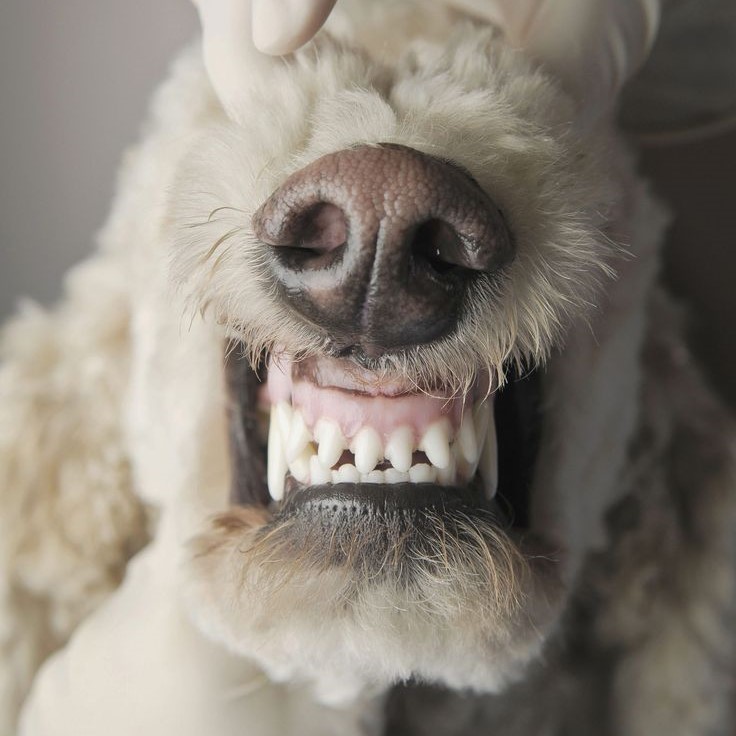
Medical Conditions Associated with Teeth Chattering
Certain medical conditions can cause dogs to chatter their teeth. These issues often require veterinary care.
Dental conditions such as tooth decay
Dental problems are a leading cause of teeth chattering in dogs. Tooth decay, gum disease, or oral infections can result in discomfort. Dogs may chatter their teeth to manage the pain. Other dental issues like broken or cracked teeth provoke similar reactions. Signs to watch for include bad breath, difficulty eating, or swollen gums. Regular dental check-ups and proper oral care are crucial to prevent and treat these issues.
Neurological disorders and seizures
Neurological issues can also result in teeth chattering. Brain or nerve disorders may cause involuntary jaw movements. Conditions like tremors or seizures sometimes include this symptom. For example, canine epilepsy can lead to teeth chattering during or after a seizure. Other signs to watch for include muscle twitching, disorientation, or excessive drooling. If a neurological problem is suspected, seek veterinary assistance immediately. Early diagnosis ensures proper treatment and improves your dog’s quality of life.
When to Consult a Veterinarian
Dog teeth chattering is often harmless, but certain situations require professional attention. Obvious warning signs and persistent symptoms should prompt immediate consultation with a veterinarian.
Warning signs that require medical attention
Some signs indicate that teeth chattering may be linked to health issues. Watch for these:
- Persistent chattering: Regular or long-lasting episodes may suggest a medical problem.
- Accompanying symptoms: Drooling, facial swelling, or difficulty eating signal potential oral health issues.
- Behavioral changes: Signs like irritability, lethargy, or head shaking could point to neurological problems.
- Pain or sensitivity: If your dog winces, cries, or avoids chewing, dental discomfort could be the cause.
If you notice any of these symptoms combined with teeth chattering, it’s important to consult a veterinarian immediately. Early intervention ensures better care and treatment.
Diagnostic procedures and what to expect
At the vet, the diagnosis starts with a detailed history. You’ll be asked about:
- Frequency and duration of chattering episodes.
- Context, such as emotional triggers or environmental changes.
- Any accompanying symptoms like drooling or difficulty eating.
Veterinarians may perform physical and neurological exams to identify the root cause. Common diagnostic methods include:
- Oral examination: Checking for signs of tooth decay, gum infection, or injury.
- X-rays: Imaging to evaluate dental structures or detect deeper issues.
- Neurological assessment: Reviewing muscle movements, reflexes, and brain function.
- Blood tests: Screening for infections, deficiencies, or other systemic concerns.
Understanding diagnostic procedures helps pet parents know what to expect and how to prepare. Timely vet visits ensure proper treatment and improve your dog’s comfort and health.
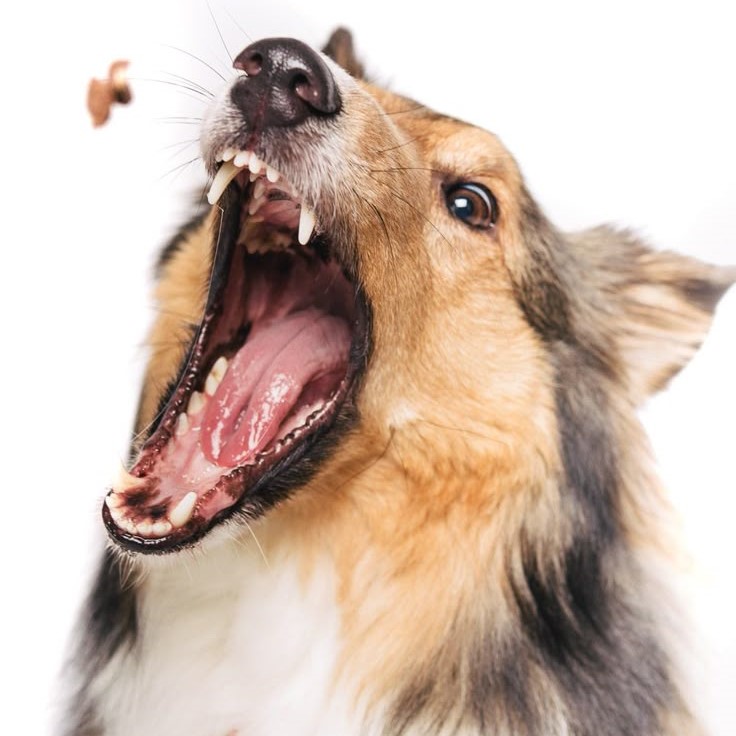
How to Prevent Teeth Chattering
Preventing teeth chattering in dogs involves proactive care strategies. Whether it stems from health issues or emotional triggers, preventive measures can improve your dog’s well-being and minimize discomfort.
Maintaining oral health in dogs
Good oral health is essential to prevent teeth chattering caused by dental problems. Focus on these steps:
- Regular brushing: Brush your dog’s teeth several times a week using dog-safe toothpaste.
- Dental check-ups: Schedule annual veterinary exams for professional dental evaluations.
- Chew toys: Provide toys that promote healthy chewing and reduce plaque buildup.
- Healthy diet: Feed your dog high-quality food to support oral health and reduce dental risks.
- Monitor for changes: Watch for signs like bad breath or difficulty eating, which indicate potential problems.
Consistent oral care strengthens dental health and decreases the likelihood of chattering due to discomfort.
Managing stress and environmental factors
Reducing stress and creating a positive environment can prevent chattering linked to emotional triggers. Follow these tips:
- Calm environments: Limit exposure to loud noises, crowded places, or unsettling scenarios.
- Routine and consistency: Maintain a daily schedule for meals, walks, and playtime to reduce anxiety.
- Comfort during separation: Use calming toys or create secure spaces for dogs experiencing separation anxiety.
- Socialization: Gradually introduce your dog to new environments or other pets to ease nervousness.
- Use calming aids: Consider natural calming sprays or consult your veterinarian for anxiety remedies.
Managing environmental factors and addressing stress ensures your dog feels secure and less prone to chattering due to emotions. By focusing on oral care and stress reduction, you can prevent most causes of teeth chattering effectively.
Treatment Options for Teeth Chattering
Teeth chattering in dogs can be managed effectively with proper treatment. Addressing the cause is key to helping your pet.
Dental treatments
Dental issues are a common reason for teeth chattering. Treatment focuses on improving oral health:
- Professional cleaning: Vets remove tartar and plaque, reducing the risk of gum disease.
- Addressing dental problems: Treatment for infections, broken teeth, or cavities eases discomfort.
- Medications: Pain relievers or antibiotics help with oral infections and dental pain.
- Surgical procedures: Severe issues like damaged teeth may require extraction or advanced treatments.
- Routine care: Follow-up visits ensure ongoing dental health and prevent future problems.
If dental causes are suspected, seeking veterinary care promptly is essential to prevent complications.
Addressing behavioral and neurological issues
Behavioral and neurological factors also contribute to teeth chattering. Effective treatments include:
Behavioral Interventions
- Training Techniques: Implementing specific training methods can significantly reduce anxiety-related chattering in dogs. Techniques such as positive reinforcement help dogs associate calm behavior with rewards, lessening their anxiety over time.
- Consistency in Routines: Establishing a predictable routine can create a sense of security for dogs. Consistent feeding, walking, and playtime schedules help dogs feel more in control of their environment, thereby reducing feelings of anxiety.
- Calming Techniques: Techniques such as gentle massage, calming music, or the use of pheromone diffusers can help soothe anxious dogs. These interventions, when used regularly, train dogs to relax in their environment.
Addressing Anxiety Triggers
- Identify Stressors: Closely observe your dog’s behavior to identify specific triggers that cause anxiety. This can include loud noises like thunder or fireworks, as well as situations like being left alone or being around unfamiliar dogs.
- Minimize Exposure: Once identified, take steps to reduce your dog’s exposure to these stressors. This might involve providing a quiet space during storms, using white noise machines to drown out loud sounds, or gradually desensitizing your dog to anxiety-provoking situations through controlled exposure.
- Separation Anxiety Solutions: For dogs that experience separation anxiety, consider training techniques like crate training or gradual desensitization. This can help them become more accustomed to being alone, thus reducing anxiety when you leave.
Medications for Anxiety
- Consulting a Veterinarian: If behavioral interventions are insufficient, consulting a veterinarian is crucial. They can evaluate the severity of your dog’s anxiety and determine if medication is appropriate.
- Prescription Medications: In cases of severe anxiety, vets may prescribe medications specifically designed to promote calmness. Common options include anti-anxiety drugs, sedatives, or SSRIs (selective serotonin reuptake inhibitors) that help manage anxiety symptoms.
- Integrating Medications with Therapy: Medications can be most effective when combined with behavioral therapy. This holistic approach addresses both the symptoms and the underlying causes of anxiety, leading to better overall outcomes.
Treating Neurological Conditions
- Veterinary Diagnosis: If the canine chattering is associated with neurological issues like epilepsy, a thorough examination by a veterinarian can help identify the specific condition affecting your dog.
- Medication and Management Strategies: Vets may prescribe anticonvulsant medications designed to control seizures and manage neurological symptoms. Regular follow-ups are necessary to adjust dosages as needed.
- Therapeutic Options: Aside from medication, there may be additional therapies available, such as acupuncture or hydrotherapy, which can aid in managing neurological conditions and improving the dog’s quality of life.
Supportive Care
- Creating a Calm Environment: Providing a quiet and comfortable space for your dog can greatly reduce anxiety and stress. This may involve setting up a designated area at home where your dog feels safe and secure.
- Comfort Items: Incorporate familiar items such as blankets, toys, or scented objects in your dog’s space. These items can offer comfort and help alleviate anxiety during stressful times.
- Monitoring Behavior: Keep a close eye on your dog’s behavior, especially during stressful situations. Being responsive to their needs and providing immediate support can help mitigate anxiety-related symptoms effectively.
Combining medical and behavioral approaches ensures comprehensive care. Consult your vet to create a tailored treatment plan for your dog’s specific needs.






